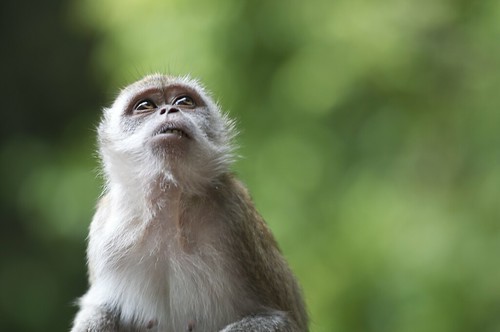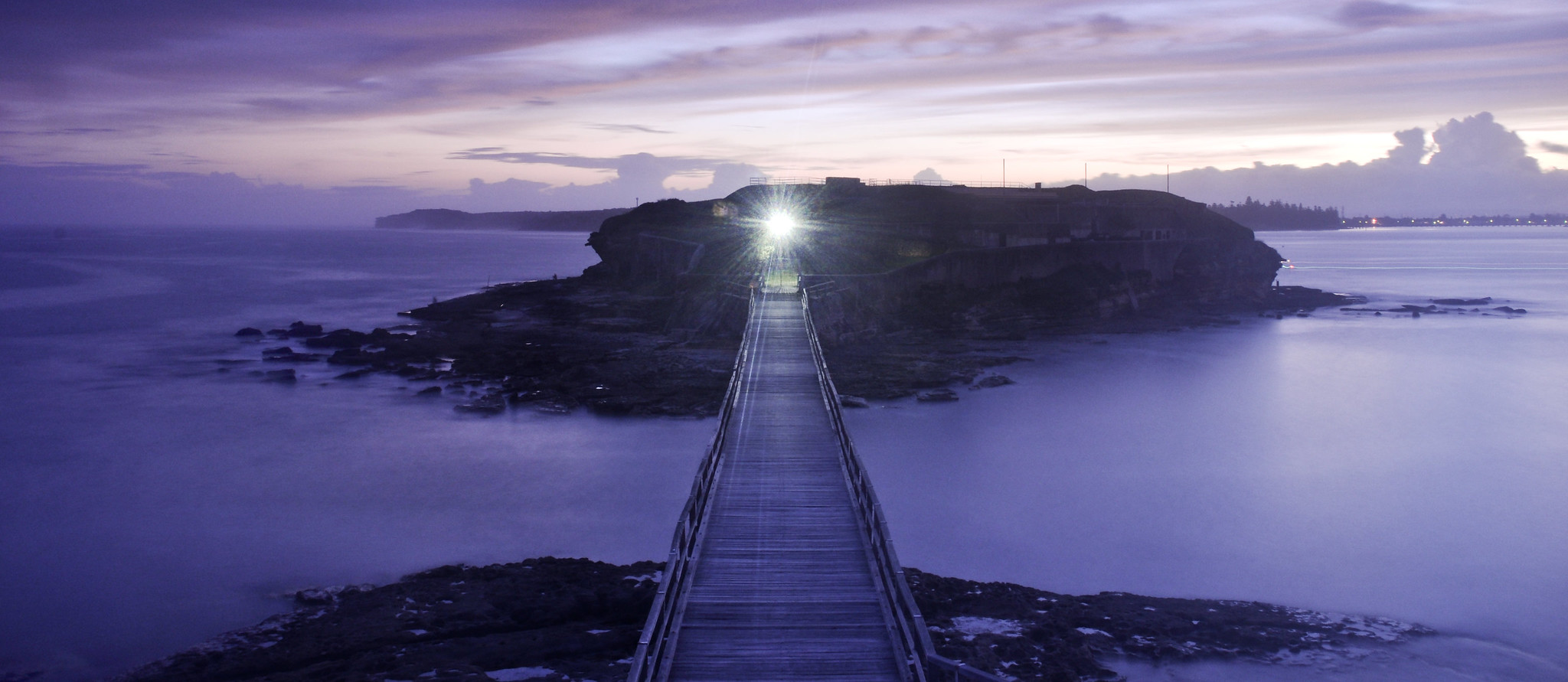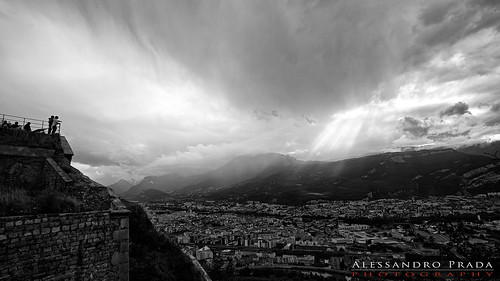In many photographic situations, you are going to want to either open your aperture right up (to minimise depth of field) or close it right down (to maximise depth of field). And while the effects of doing this can be great, the great irony of lens construction is that sharper images are often easier to get with mid range aperture. Here's what you need to know about the whole scenario and finding the sweet spot.
Note: Don't forget to download our Guide to Depth of Field for Photographers to get up to speed. It's free!
Wide Apertures: How Spherical Aberration Can Ruin Your Photographs
In many types of photography, shooting with a wide aperture is the standard and usually the best solution. For example, shooting portraits or food is usually done with apertures between f1.4 and f5.6 in order to limit depth of field and focus the eye of the viewer directly on the subject. And usually that is the best way to do it.
The problem here is that the quality of the image when using a lens set to a wide aperture is that “spherical aberration” can cause the image to blur – a phenomenon that will be most noticeable towards the edges of the photograph. Spherical aberration occurs when a perfect focal point cannot be realised due to the rays of light not focussing precisely upon passing through the lens. The light passing through the edges of the spherical shaped lens is the problem – you can read more about it here.
While this has been accounted for in many lenses (especially the more expensive ones) it is difficult to eliminate completely.
Diffracting Light Also Doesn't Help
At the other end of the puzzle, many photographic situations such as landscapes call for closed apertured resulting in a deep depth of field where almost everything is in focus. And once again, that is the optimal setting for that type of photography.
However, once again, not everything is peachy. Light diffracts as it passes through an opening – a phenomenon that can be quite noticeable in many lenses with closed aperture settings. It is the result of light waves hitting an obstacle (the lens aperture rings).
Again, this can result in a less than ideal image in terms of sharpness. Read more about diffraction here if you want the details.
So What About that Sweet Spot?
Now in many situations (portraits, landscape, food as already mentioned), the benefits of a very closed or very opened aperture easily outweigh the down sides. However, not every situation requires you to make the choice.
In fact, if you aren't in a situation where you need to limit or extend the depth of field by using really narrow or wide apertures, then don't.
Every lens has a sweet spot in terms of getting optimum sharpness in an image and it is usually around the mid-range apertures – f8 or f11. At these aperture settings, the images will usually be at their sharpest.
How Do You Find the Sweet Spot?
Due to the wonders of the internet, usually it's as easy as typing in the model of your lens and “sweet spot” into Google – many reviews of lenses will mention where they found the sweet spot of your lens.
If you like to go old school, then set up your camera and lens on a tripod and take a shot at each different aperture. Blow up the images on your computer to 100% and pay special attention to the detail around the edges of the shot. The sweet spot will be the aperture where the edge detail is at its best.
Final Thoughts
Not every photographic opportunity has to be thought of in terms of maximising or minimising the depth of field. In situations where this doesn't have to be a concern then don't be shy about a mid-range aperture shot. Shooting on that sweet spot can give you great shots and maximise the sharpness of your photographs.










10 Comments
dpreview.com has some great data on when a lens is sharpest–both which aperture and what focal length. Unfortunately, they don’t always have a review for the lens I’m looking for.
Thank you for this helpful article. I’d never heard of “sweet spots” for different lenses and am always interested in ways to improve my focus!
This is an awesome article, thanks for posting this! I had often wondered about this exact topic and some of the technical details behind it. I can honestly walk away from this post with some great new details and approaches to shooting in my repertoire.
Great article. I’ve just been been reading all about this in my Ansel Adams book “The Camera” (I got for Christmas)… He has some brilliant diagrams that clearly demonstrate what causes all these issues. I’d definitely recommend it for some in depth theory (and stunning photos)!
Nice article. Thank you for posting this. Very useful.
in the photo of “bibendum84” it looks like god him self going down earth!
Thanks for another helpful article!
Great post, Rob. There are more precise ways to find the sweet spot too. I recommend using a tool like FocusTune and/or LensAlign.
The most common sweet spot is about 2 stops from the maximum aperture, but it definitely various per lens.
“Every lens has a sweet spot in terms of getting optimum sharpness in an image and it is usually around the mid-range apertures – f8 or f11.”
If you shoot full frame, more or less yes.
If you shoot cropped sensor bodies, as most of your readers likely do, no. When using such camera, f/11 is very much not a mid-range aperture but at the relative extreme of stopping down.
Dan
In many years of shooting I have never worried about the “Sweet Spot”. Setting the aperture between ƒ5.6 and ƒ11 was “Sweet Enough”.